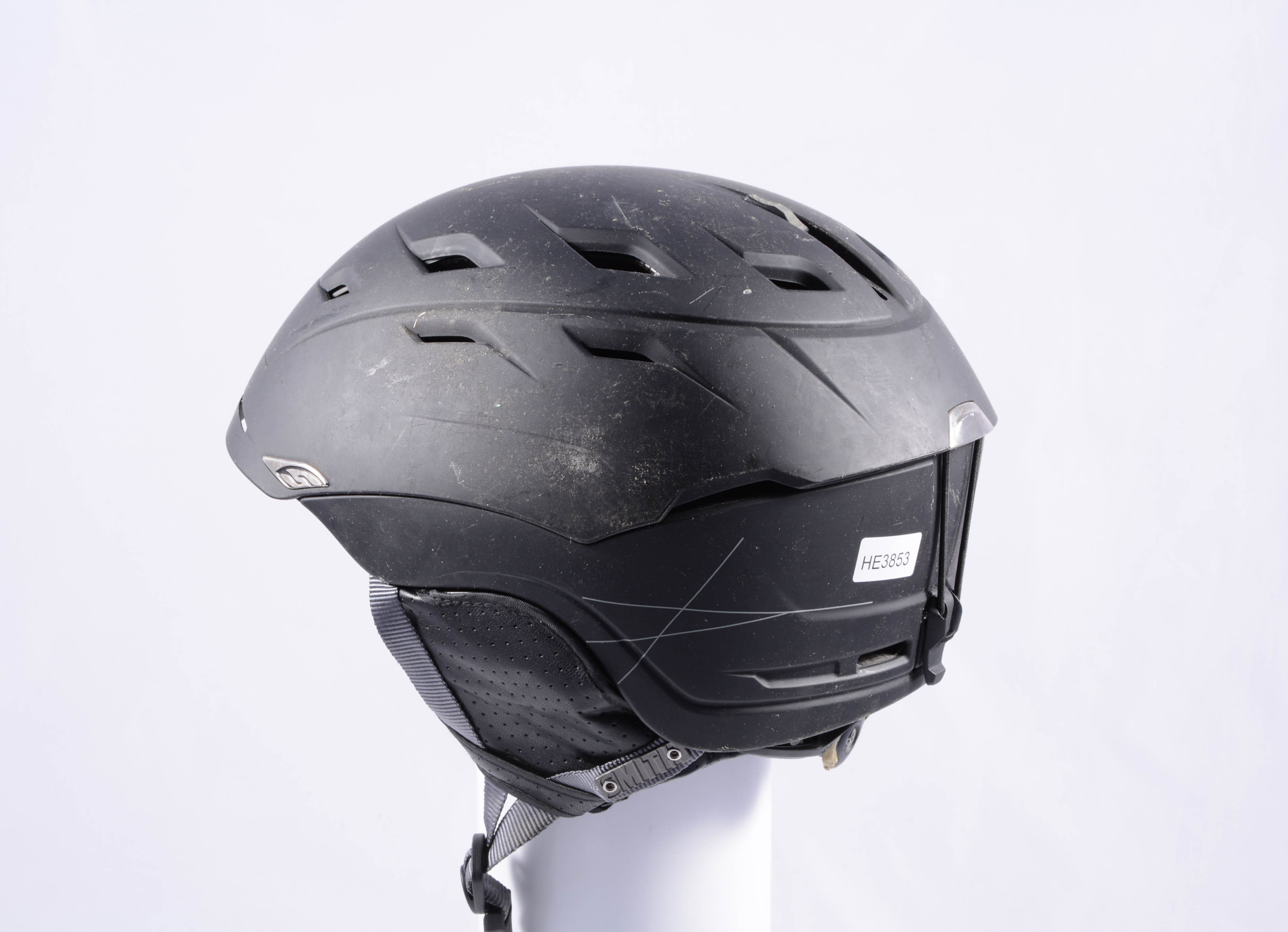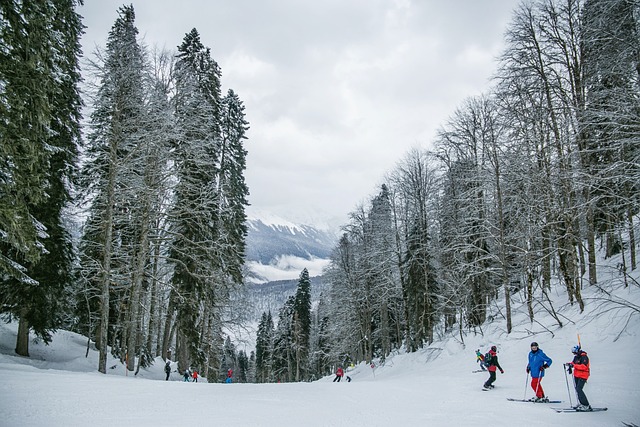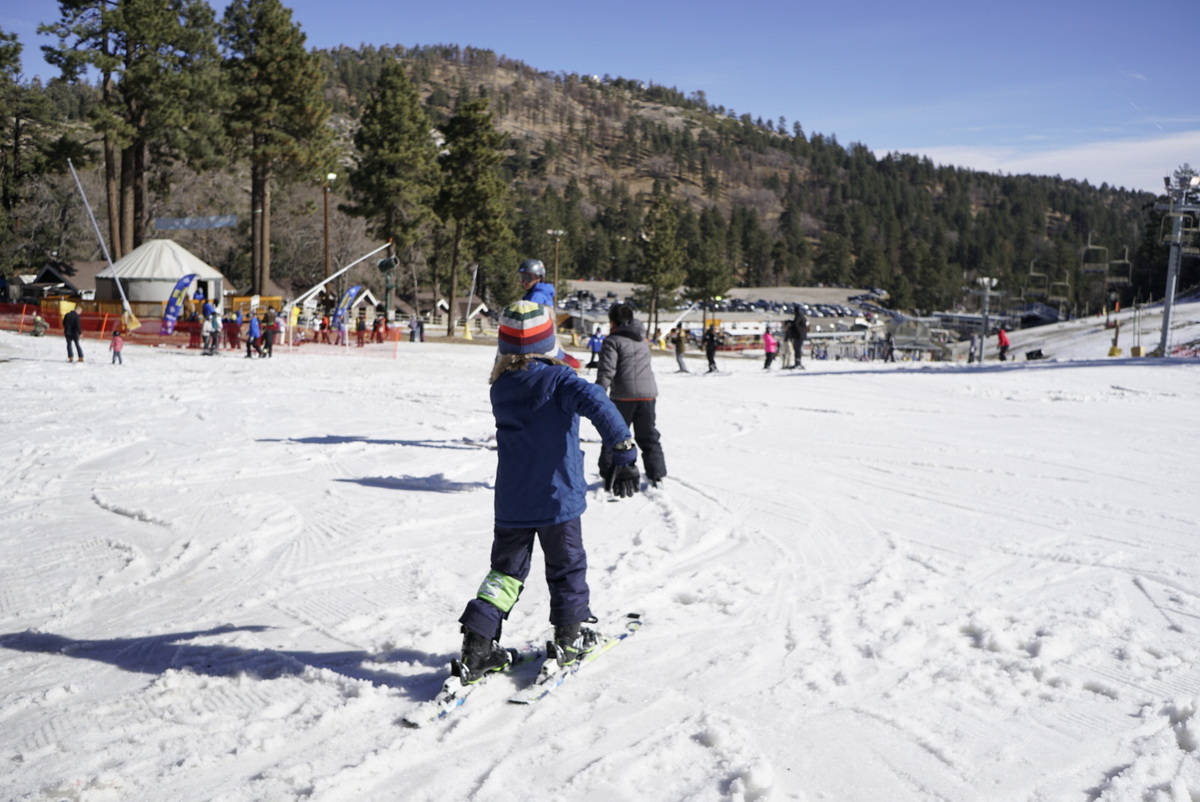
Barefoot waterskiing is a sport where you use your feet to ski across the water's surface, instead of traditional skis. This fun activity has seen a rise in popularity and is now part of USA Water Ski's recognized sport division.
Bare footing originated in Florida in 1940 as a recreational sports activity. It took a while before this new way of gliding across the lake gained popularity with those who did not have access or the ability to do traditional watersports. Since then, the sport is taught in many water ski schools around the globe.
Getting Started
Barefoot skiers commonly use a boom. This is an extended pole that hangs from the boat's edge. The boom allows the barefooter, who can then lean forward and ski more quickly than with shoe-skis, to use their weight.
If you want to get the most from your barefoot skiing, practicing on a boom can help you learn how to lean correctly. You can also learn new tricks barefoot without putting your skis at risk.

Speed
Barefooters may be able to travel between 30 to 45 miles per hour using a boom. However they will not achieve that speed if they are using shoes-skis. It is possible to ski barefoot on a boat that can handle speed and small wakes from a boom, and this can help you improve your barefoot skiing skills.
A good, hard-working barefooter will be able work on the shore and practice before they venture out onto the lake in time for a tournament. A barefooter should try to practice on a flat lake with clear, calm water to develop their skills and excel in a competition.
The barefooting world has some great champions, and one of the most famous is Jennifer Calleri. She is a member and winner of numerous awards during her career.
Nadine De Villiers is from South Africa and competes under the tricks category. She achieved a score of 3290 during the Freestate Barefoot Championships, February 2000.
Injuries
Barefoot skiers may be hurt in many different ways while waterskiing. These injuries can range in severity from minor to severe. They can keep you out of the water for several months, or even longer depending on the severity.

Barefooting injuries include strains, tears and sprains of the ankles. Wearing waterproof, breathable boots can prevent these injuries.
The most serious barefooting injury is fractured feet, which can result in permanent disability or even paralysis if the bone breaks. This injury is common for athletes who are just learning barefooting.
Fortunately, there are several barefooting schools and instructors who can teach you how to avoid these injuries. They can also help you to avoid injury if you are already injured from an accident while on the water.
FAQ
What documents should I have with me while traveling?
Keep copies of important documents at home for easy access while on the road. If you plan on using an ATM machine, you may want to keep a copy of your passport, driver’s license and other official identification cards.
It's always a good idea to carry a photocopy of your passport with you so it can be used as proof of identity if needed.
Include copies of your reservation and itinerary. These will help keep you organized and allow you to plan your trip.
Also, keep a duplicate of your flight ticket as well as details about your hotel reservation. This way, you'll be able to contact someone back home if you get into trouble.
Finally, it's always a good idea not to leave anything valuable unattended. Make sure you have a place to store your valuables, such as a money belt or in your luggage.
Ensure you check your baggage before leaving to avoid losing expensive items.
Remember that it is always safer to be simple than to plan everything.
So just relax and enjoy your journey!
What should I do if I want to buy travel insurance
Travel insurance is vital if you're planning to travel. It's important that you are covered for all kinds of adventure sports.
If you're skiing, for example, it is important to have medical coverage. Also, you should consider getting insurance for theft, loss, or damage.
Cover for cancellation should be considered. This allows you to cancel your holiday without having to pay any penalties.
You should also ask for coverage for emergency evacuation. You can also be taken off the mountain in the event of an avalanche, or another natural disaster.
What should I pack for a vacation trip?
You need to know what you want to do on your holiday. This is not about packing clothes. You also need to consider where you are going and how long you are staying there.
You need to think about what activities you would like to participate in. If you plan to visit exotic locations, you might consider scuba diving. If you are planning to stay somewhere longer, then you might want to take part in local festivals or events.
You should let the people who are going to be caring for you know if you have any medical issues.
What snacks can I take on a plane?
You have many options for snacks to take with you when flying. Consider bringing any foods you like while on the road.
You might pack chocolates or other sweet treats, such as crisps, biscuits, and nuts.
For something more savory, you might want to pack cheese or crackers.
It's also worth considering what kind of beverages you'd prefer to have aboard. Perhaps you like hot or cold beverages?
You can bring any type of snack or beverage, but make sure you pack them securely.
It will be easy to transport them without worrying about them being damaged.
How do I travel light?
There is no right or wrong way to pack for a trip. These are some suggestions to help you pick the right items to take on your trip.
-
Only take what you actually need.
-
Only bring what you plan to actually wear.
-
Don't buy too many.
-
Check your suitcase for space.
-
Always make sure you have everything you need.
-
Take advantage of free storage facilities.
-
Use reusable water bottles instead of buying bottled water.
-
Instead of carrying a suitcase, use a backpack.
-
When possible, walk or cycle instead of taking public transport.
-
The right size bag is important.
-
Avoid carrying heavy items.
-
You should be prepared for every eventuality
-
You can't leave any trace.
Statistics
- No Checked Bags: No Alcoholic beverages with more than 70% alcohol (over 140 proof), including grain alcohol and 151 proof rum. (tsa.gov)
- According to Maori legends, this park holds 14 fjords that were all carved by a giant stonemason with an adze. (busytourist.com)
- Pack sweaters, jackets, and underwear in reusable compression bags creating up to 75% more space in your luggage. (wikihow.com)
- You can use compression sacs or cubes to reduce the volume of your clothes by up to 80%—this is especially convenient for bulky items such as sweaters and jackets. (eaglecreek.com)
- Case in point: the private island of Ilha Caldeira, less than seven miles off the coast as part of the Primeiras and Segundas Archipelago, is located within the marine-protected area with 20 percent of the country's intact living coral. (travelandleisure.com)
External Links
How To
How to plan for your next vacation
Planning a trip requires many things, such as booking flights and hotels, car rentals, activities, and so on. It includes important considerations such a budget, destination, weather forecast, time frame, etc.
These are important points to remember when planning your next vacation.
We've created a step by step guide to help you plan your next holiday. This guide is based on customer feedback and our experience. We hope that you will find the following guide useful in planning your next vacation.
Steps:
-
Your Budget Plan - It is important to plan your budget before you start planning your trip. Before you can begin to plan where you want to go and what you'd like to do, you should know how much. If you don’t have sufficient money, you may have to cancel your travel plans.
-
Book Your Flights. After you have decided on your budget, book your tickets. Be sure to get the lowest price flight deal. Make sure to check for special offers during peak seasons. These deals could be a great way to save money.
-
Your Destination - Now that you've booked your plane ticket, it's time to choose where you want. Multiple factors will play a role in choosing the destination you choose, such as location (wherever you are), climate (what season), culture (how friendly and affordable it is), cost (how affordable it can be) and cost.
-
Find Accommodations - After choosing your destination, the next step would be finding accommodations. There are many accommodation options available, from inexpensive hostels to luxury suites. Your needs and preferences will determine the type of accommodation that you choose. If you're looking for an area close to downtown, a hotel may not be the right choice. If you prefer quiet, peaceful places, a homestay may be the best option.
-
Select Activities & Attractions. After you have chosen your accommodation, now it's time to choose the activities and attractions that will be included in your itinerary. You have the option to choose a handful of activities or add more depending on the length and duration of your stay.
-
Determine your schedule - After you've chosen the attractions and activities that you would like to include in your itinerary, it's now time to create it. It is important to stick to a schedule in order for maximum enjoyment of your trip. If you have the freedom to roam as you please, your trip will be even more enjoyable.
-
Create itinerary – This allows you to organize all of the details for your trip. Write down all details about your trip, including flights, accommodation, activities, and restaurants.
-
Research Online - Do your research online before you travel. To find out what other travellers think about different destinations, read reviews and testimonials. This will help you plan.
-
Don't Overpack - This is one of the most common mistakes people make when packing. Do not bring more than three sets of clothes. Bring clothing appropriate for the weather you're visiting.
-
Make sure you are prepared - Get everything organized before you head out on your trip. It's not a good idea to spend time looking for documents while you are still on the move.